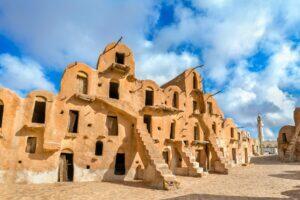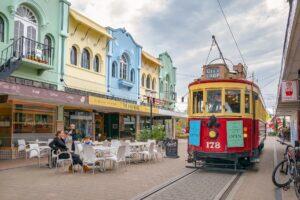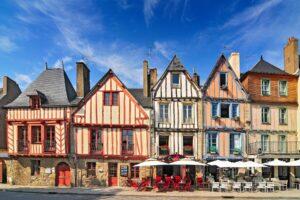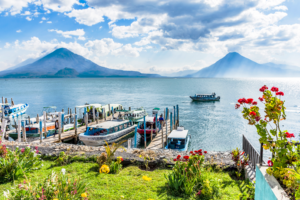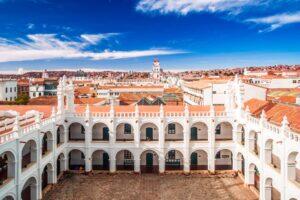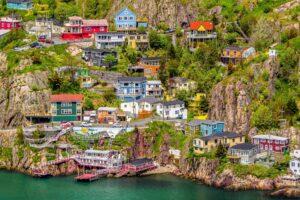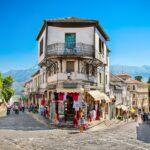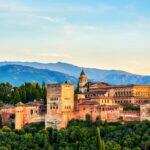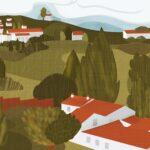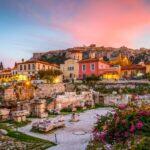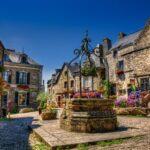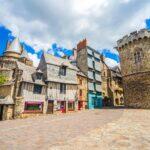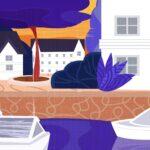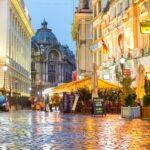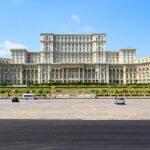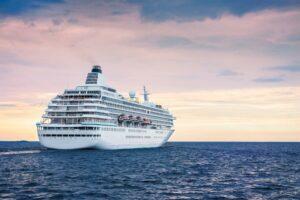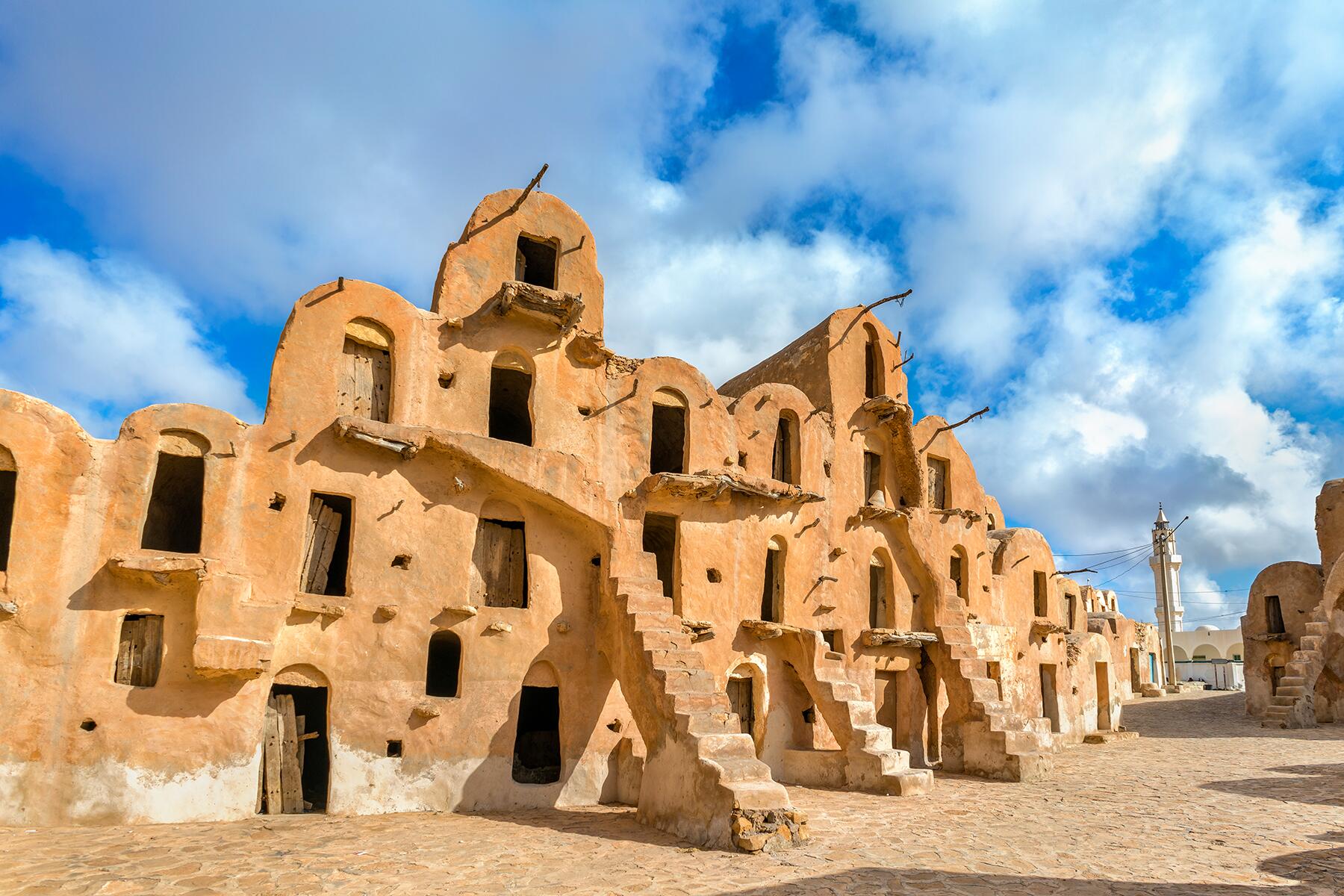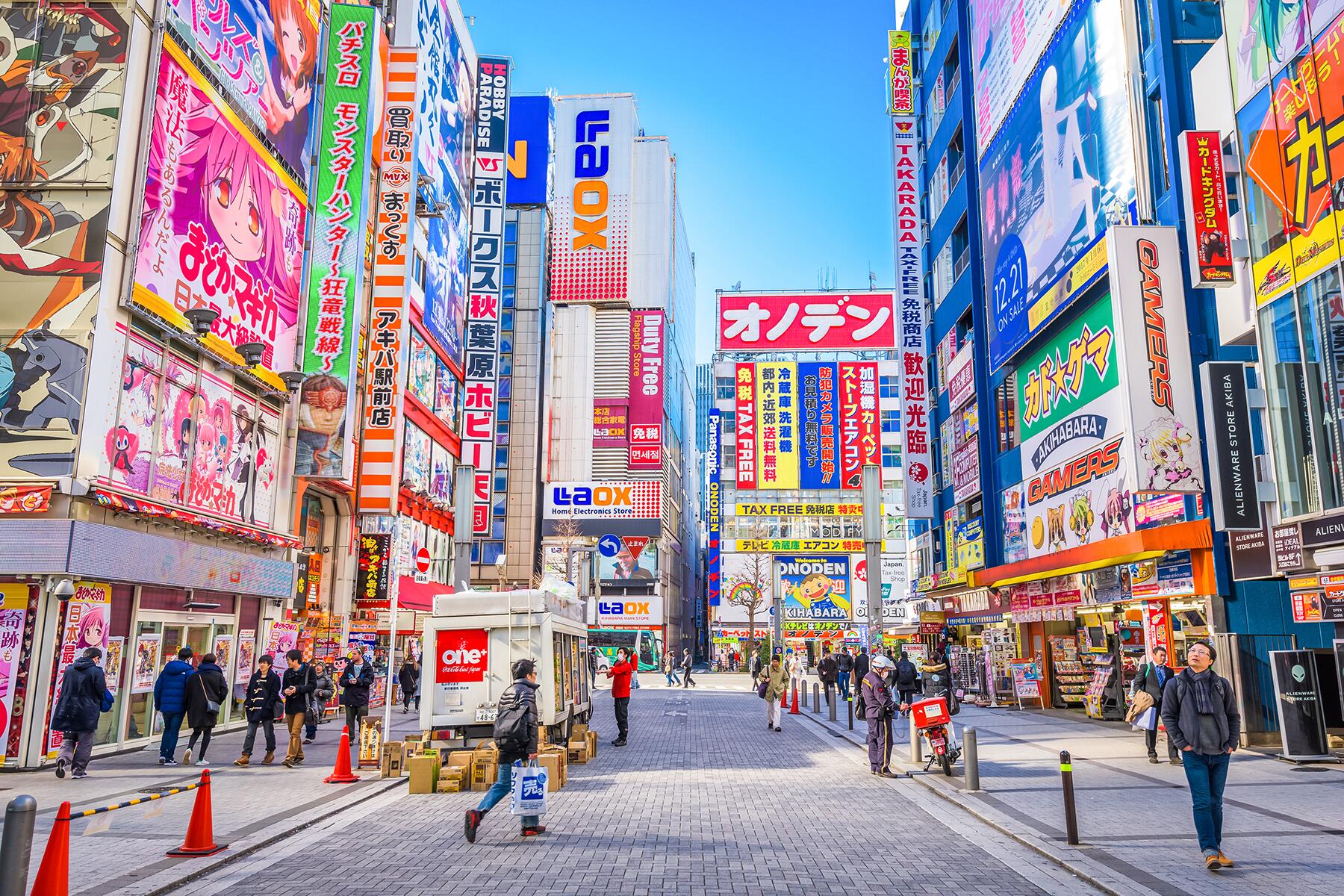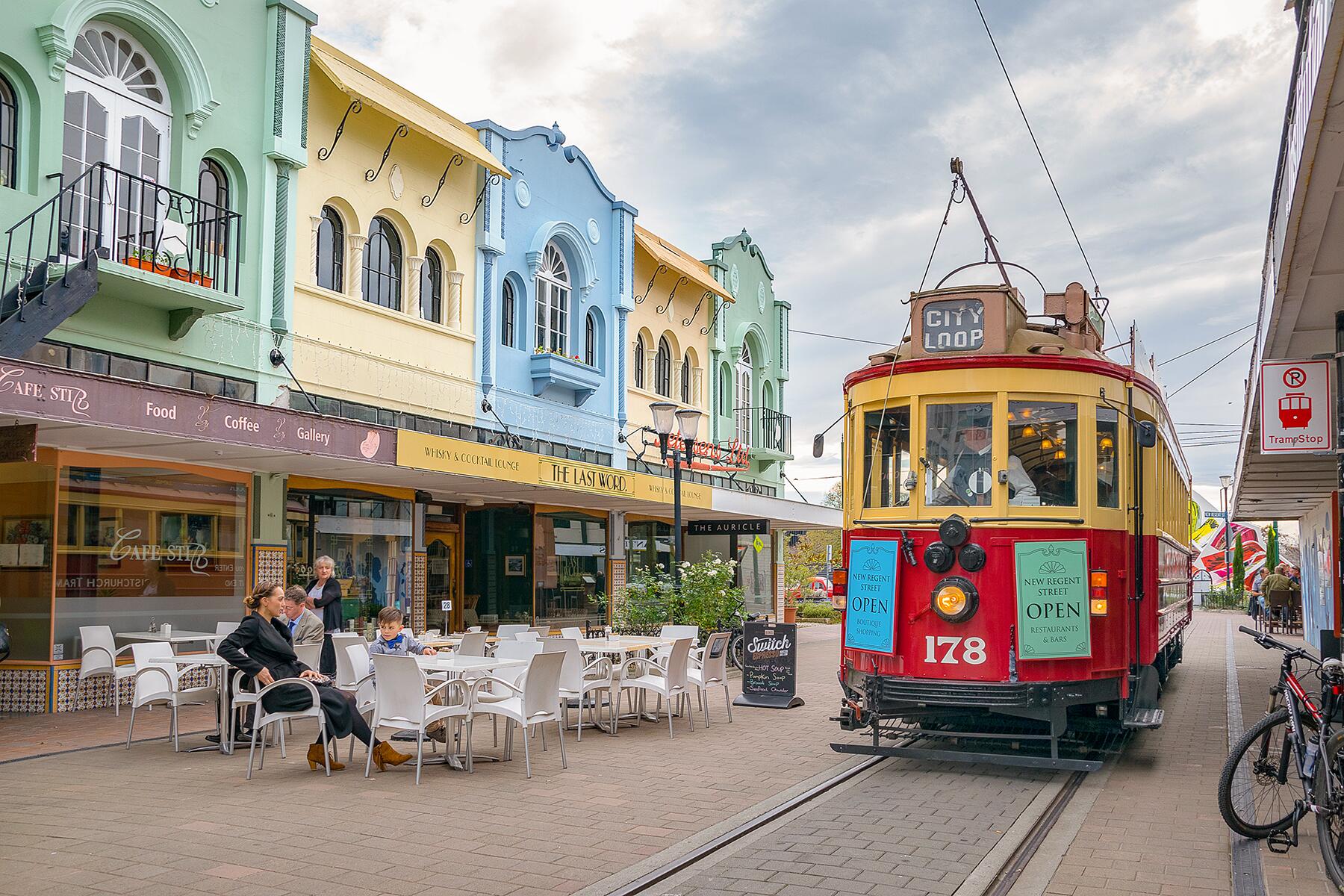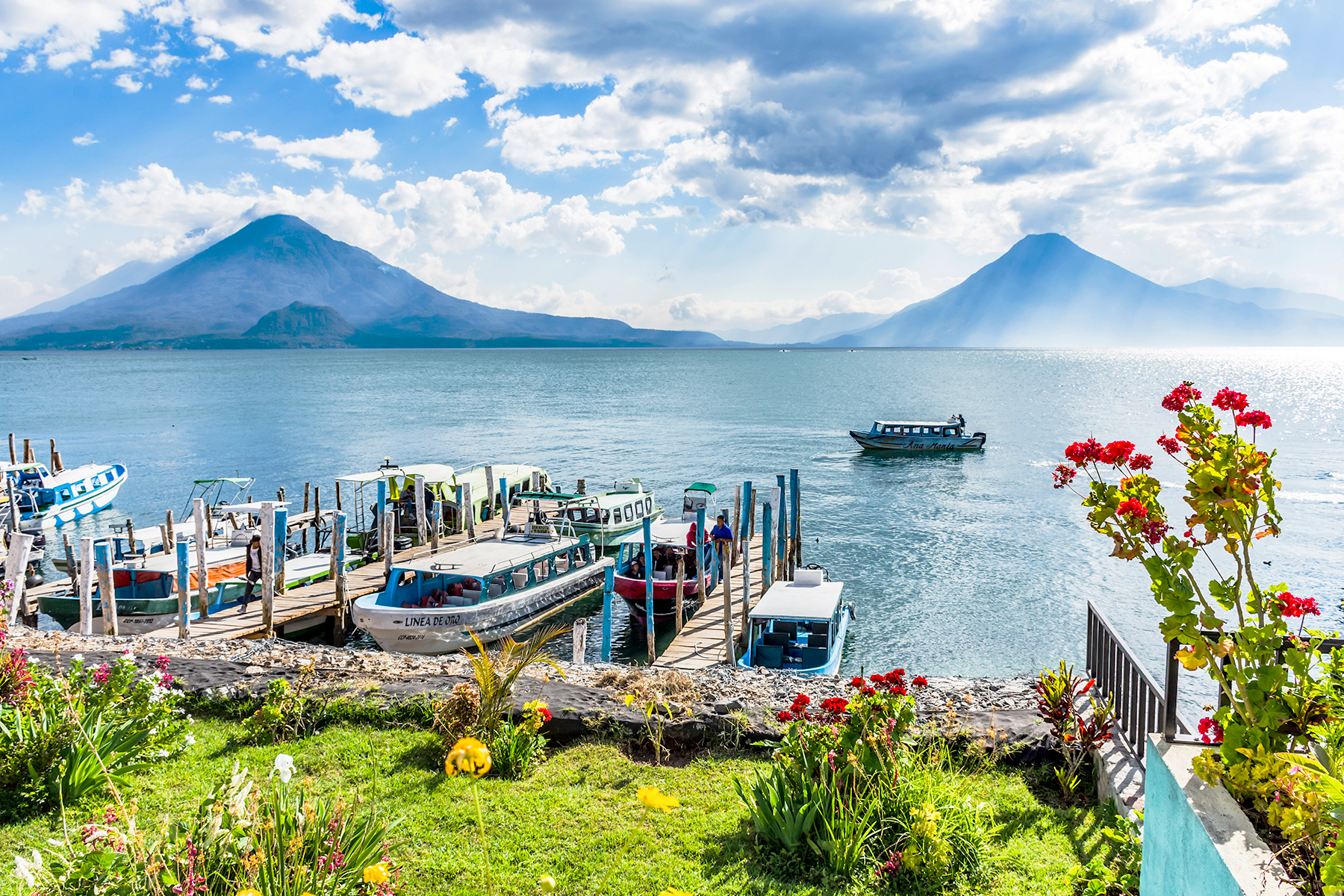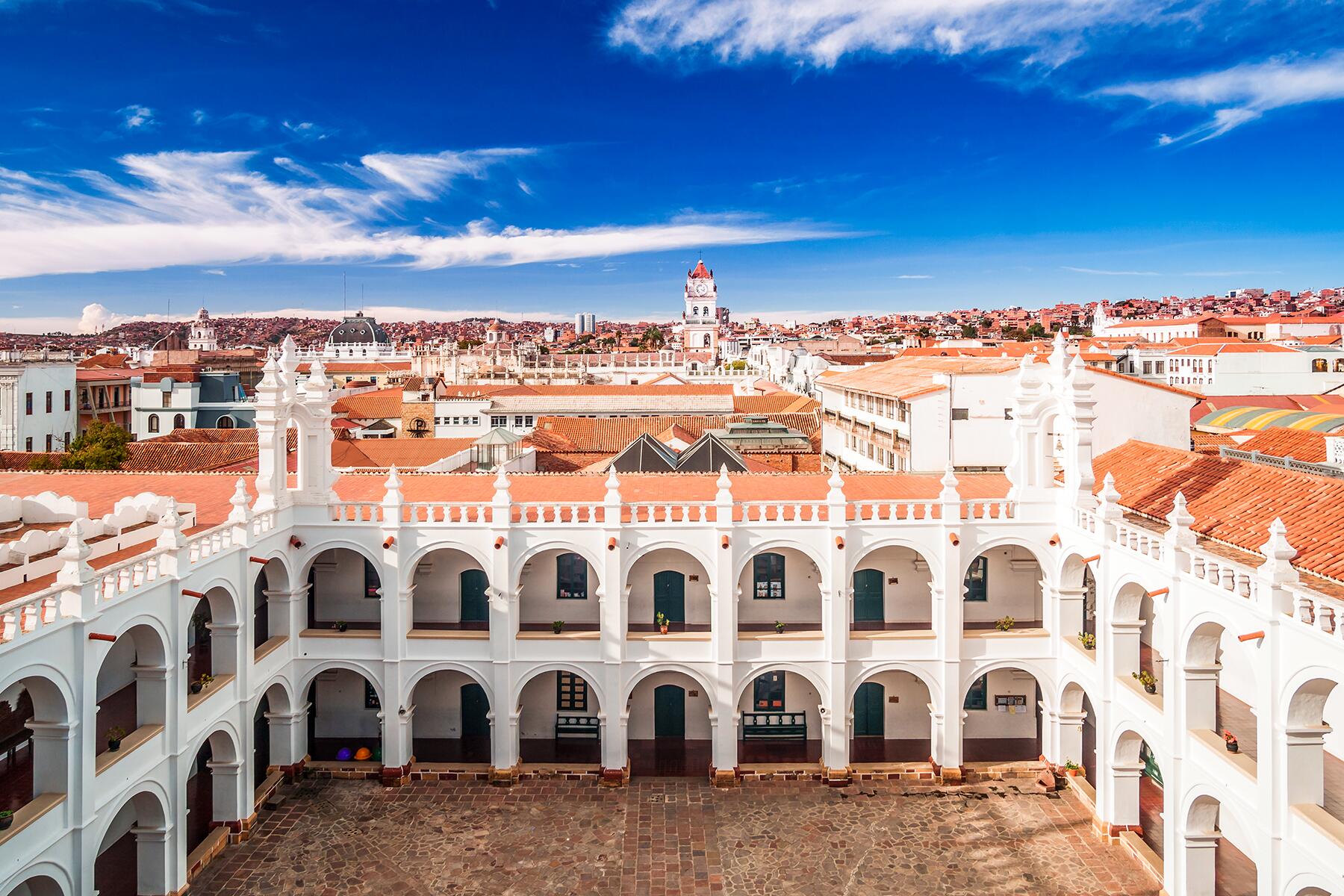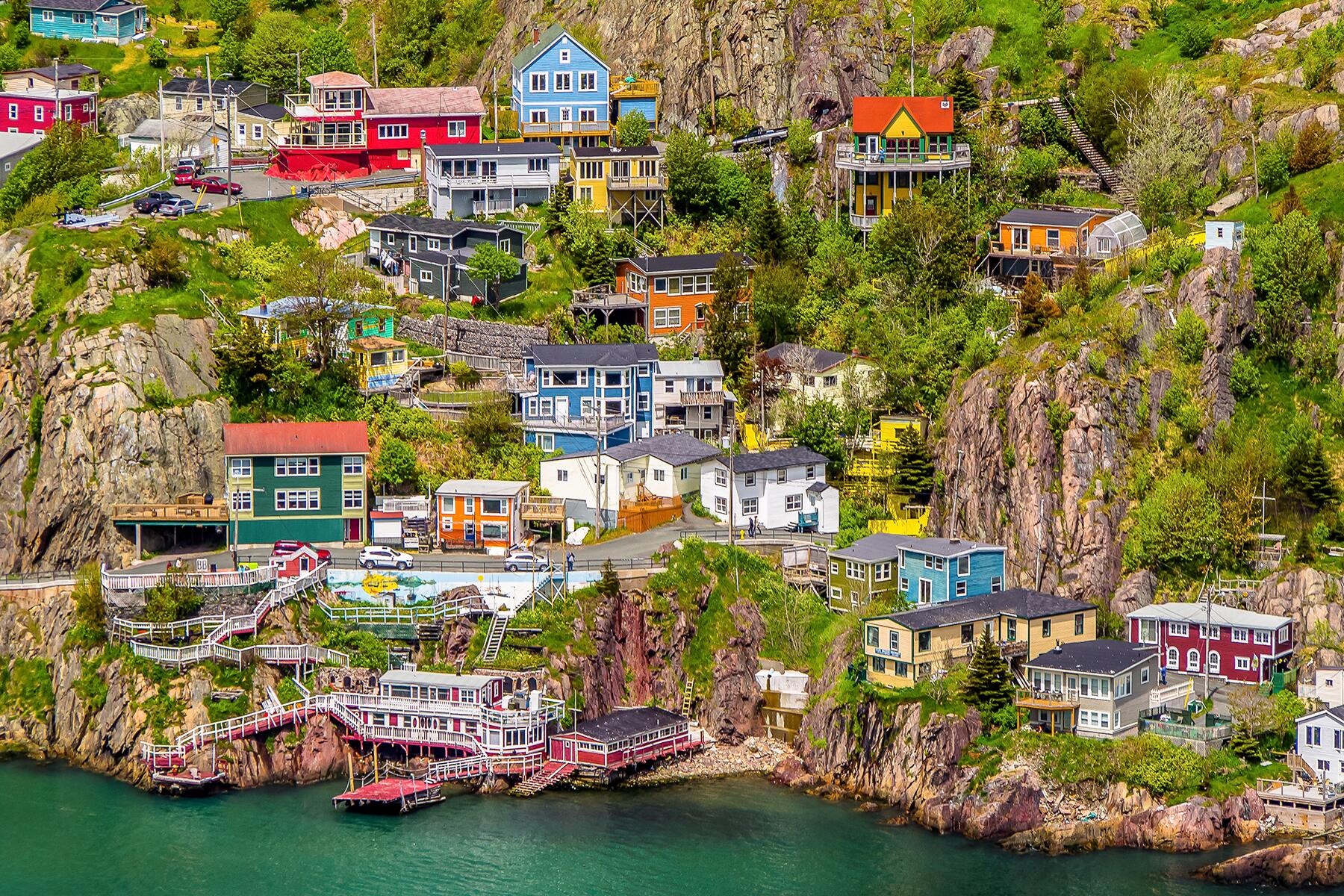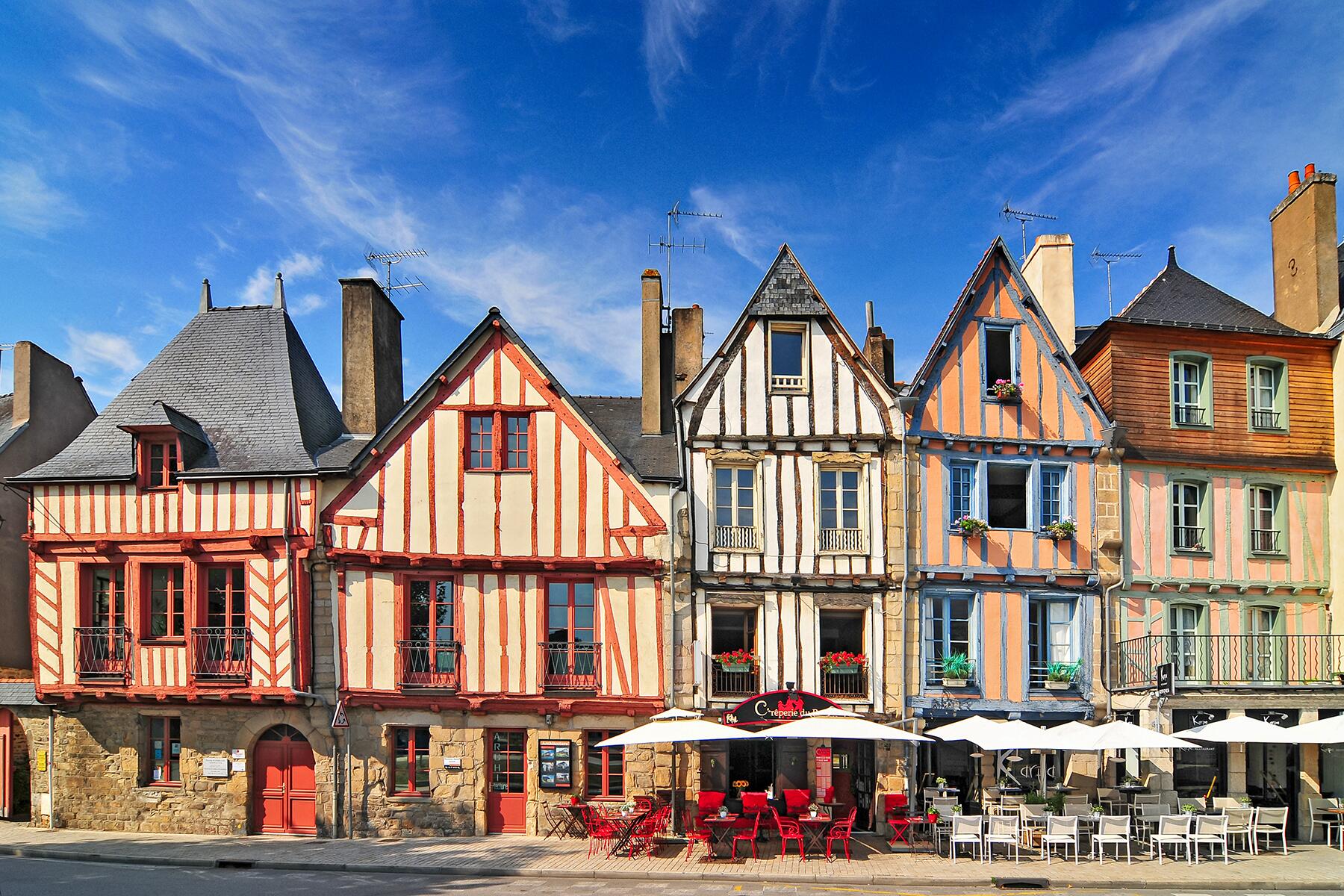
Europe
Top places to go in Europe in 2020
Expand Full List

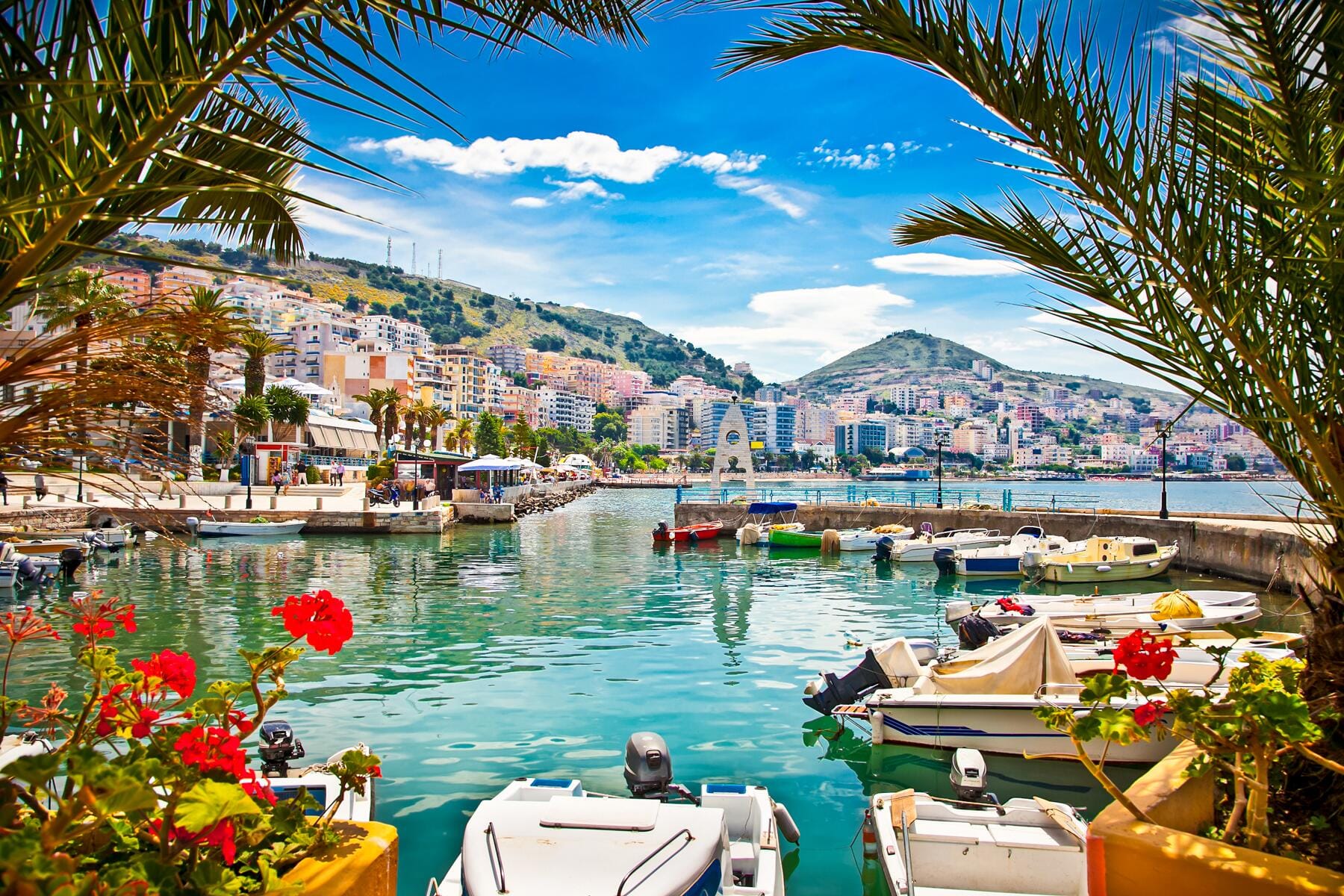
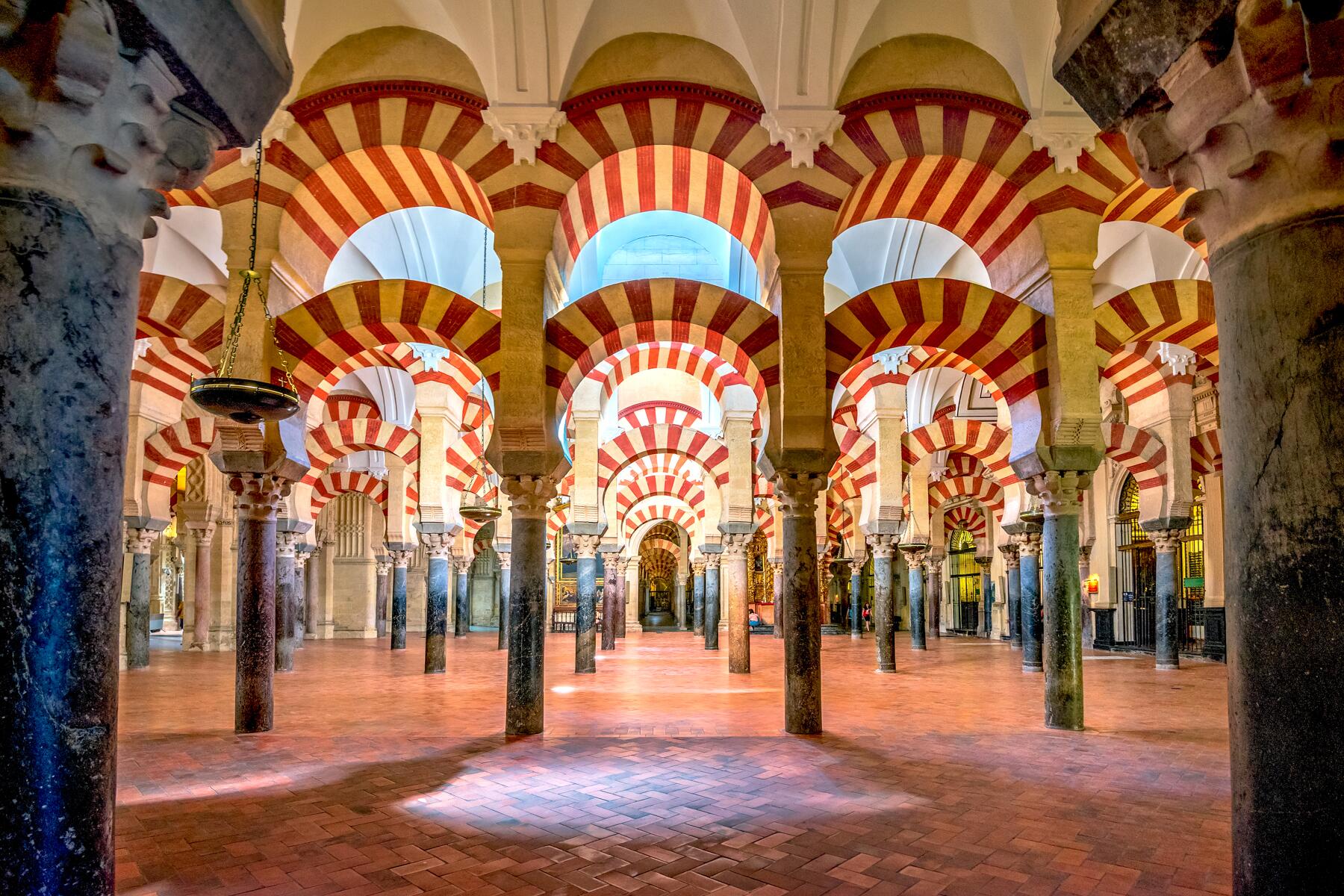
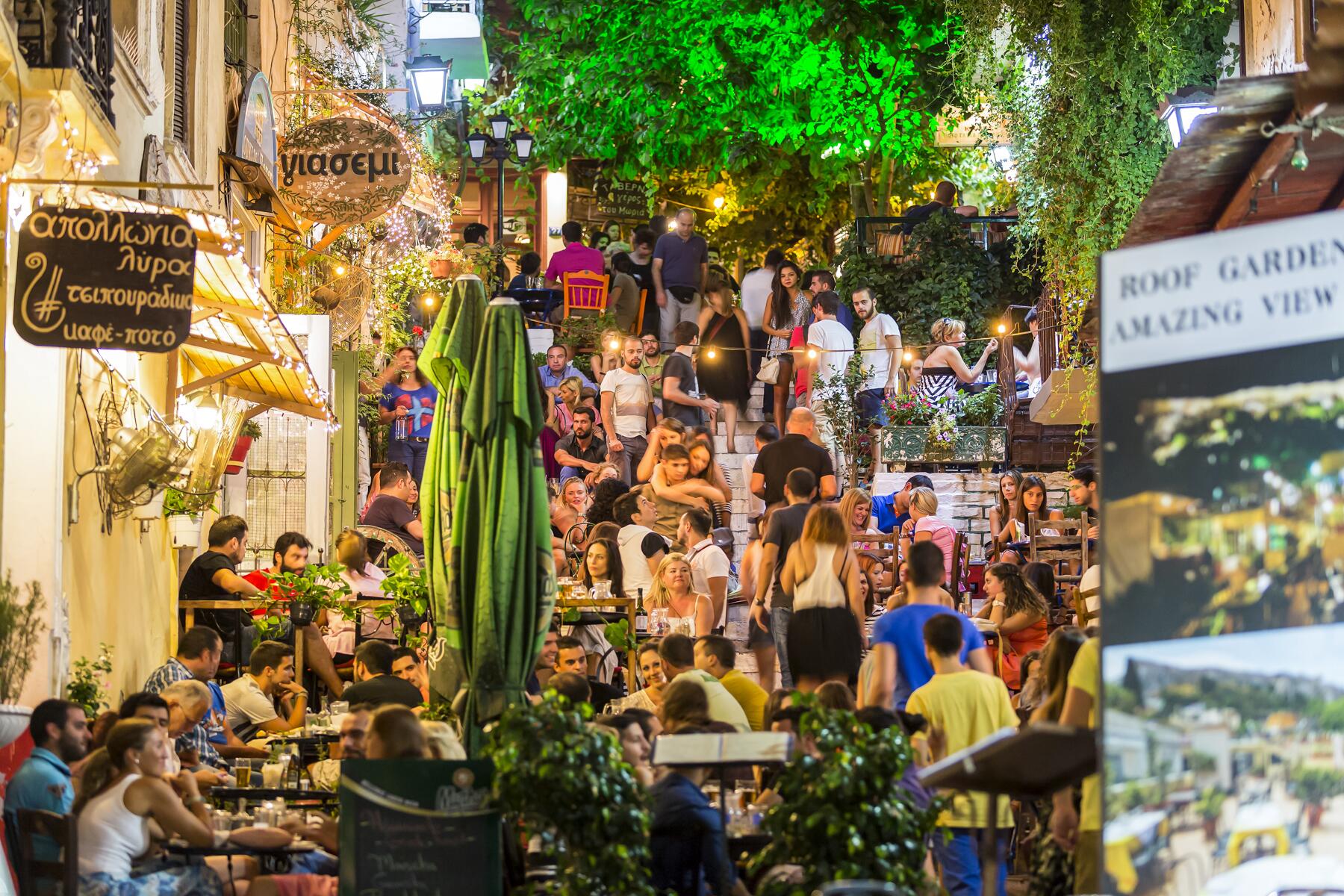
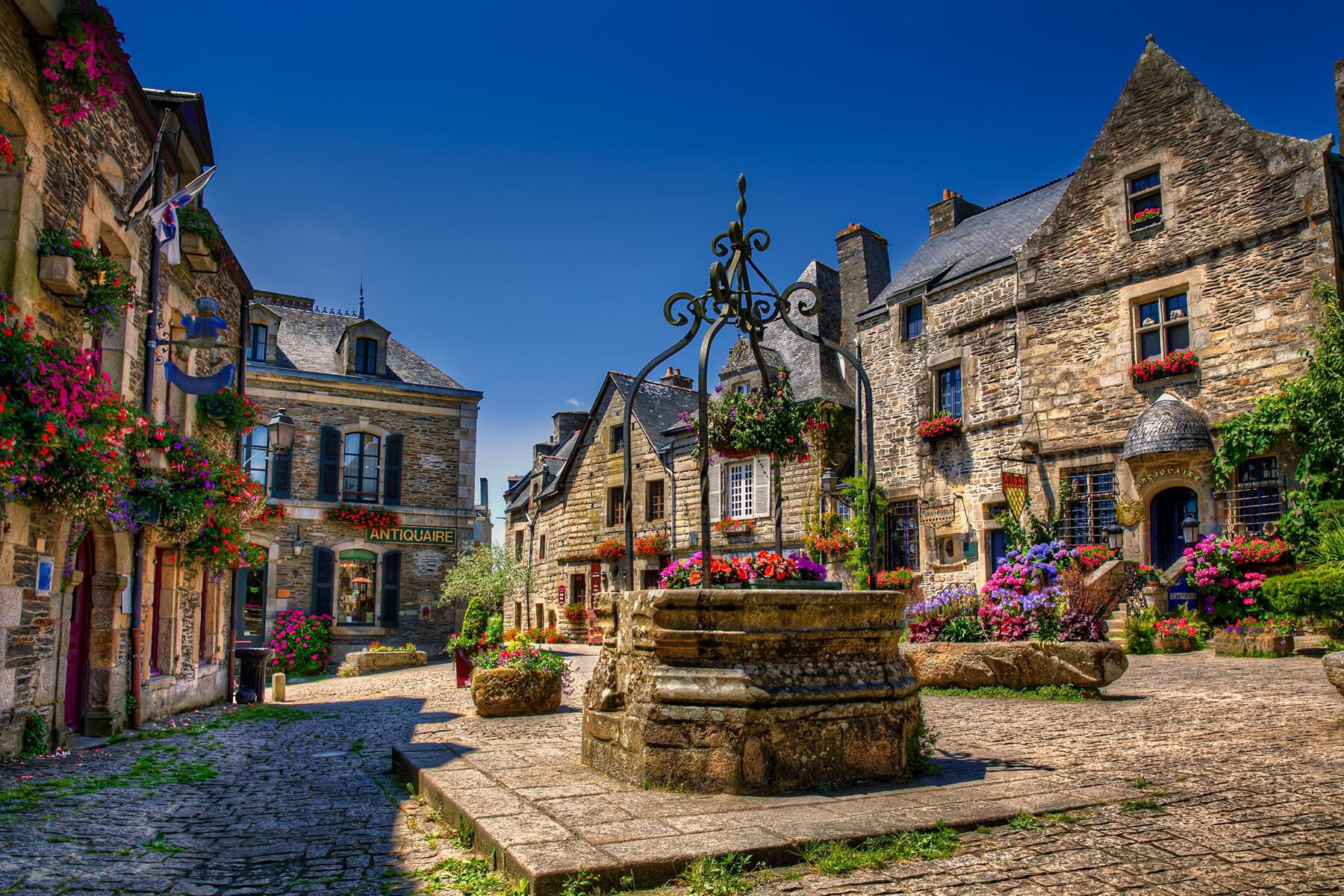
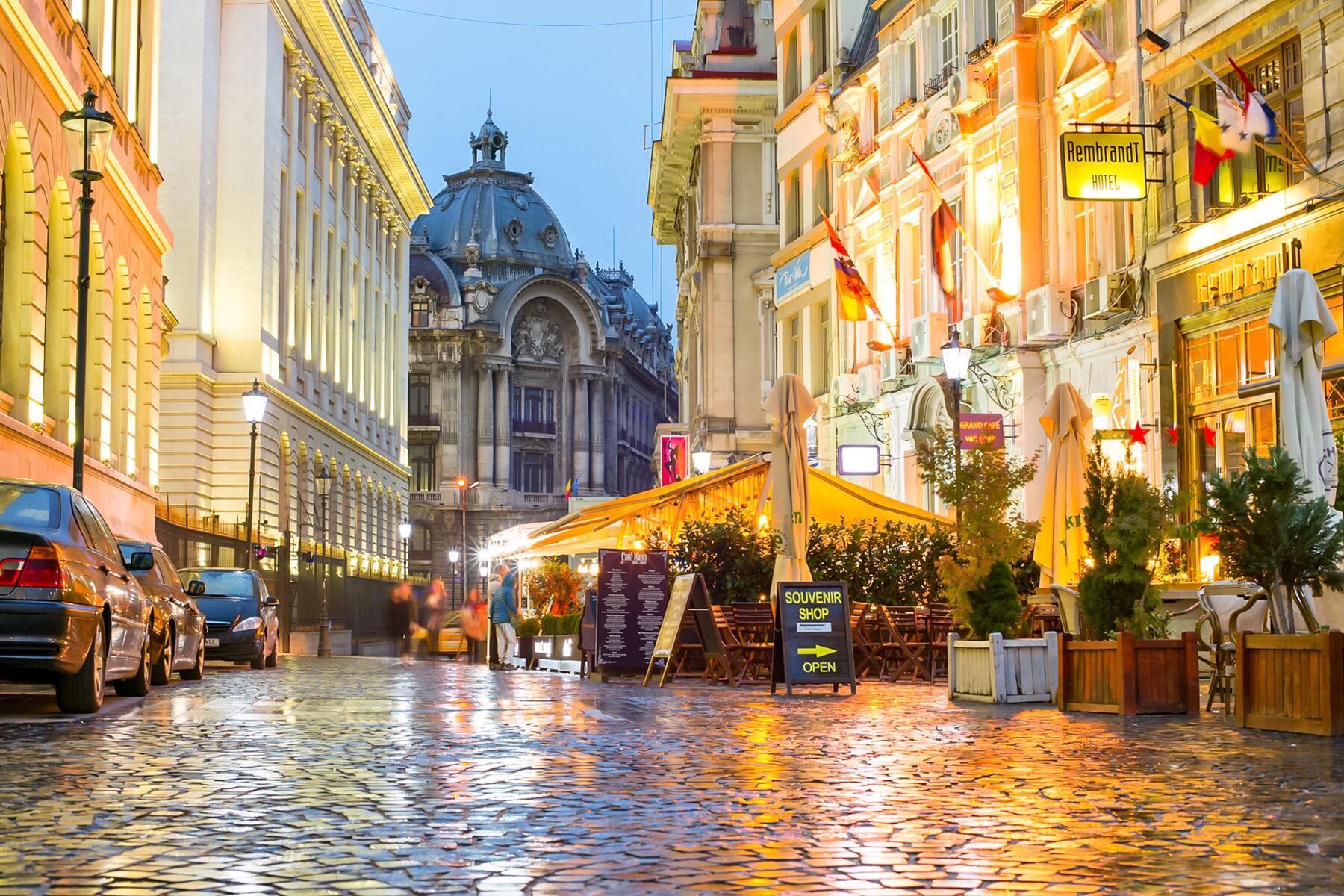
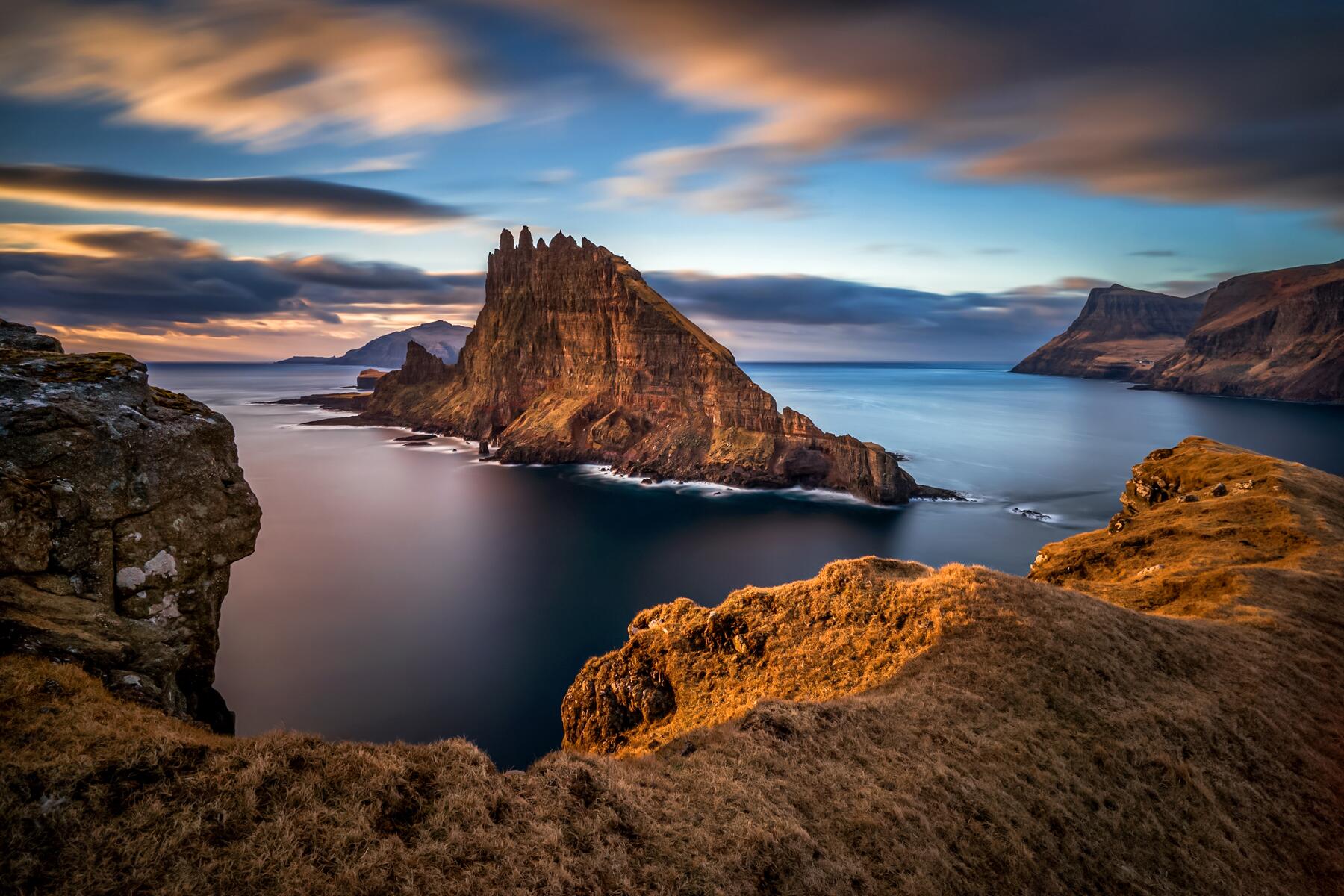
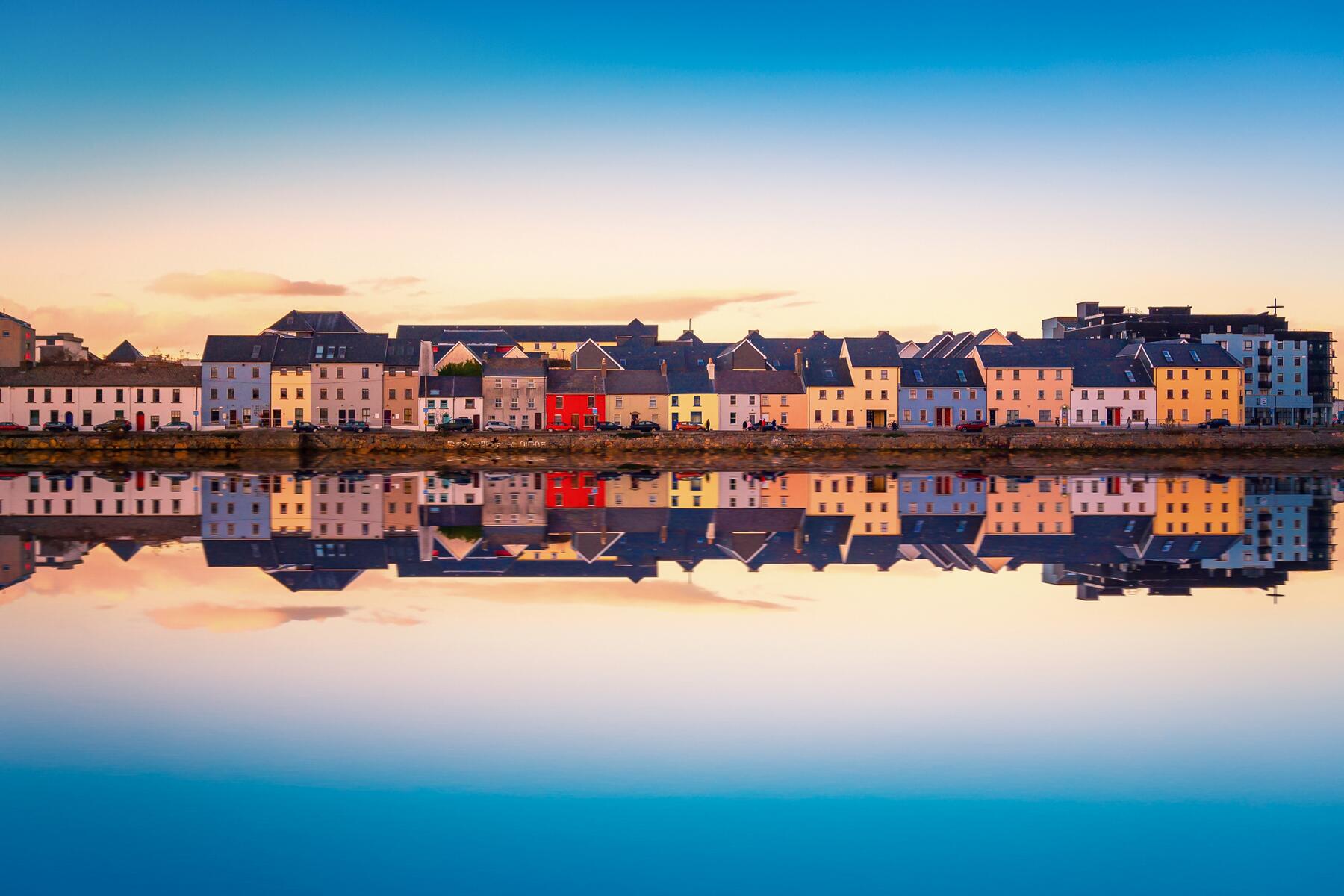

-
Aeolian Islands, Italy
![]()
-
Albania
![]()
-
Andalusia, Spain
![]()
-
Athens, Greece
![]()
-
Brittany, France
![]()
-
Bucharest, Romania
![]()
-
Faroe Islands
![]()
-
Galway, Ireland
![]()
-
Struve Geodetic Arc
![]()



Aeolian Islands
Italy
“Magical” may seem like a boring and overused travel cliché, but nothing else encapsulates the archipelago that is Sicily’s Aeolian Islands. The beauty of these eight islands, accessible via multiple southern Italian ports, is that each has its own character. With bubbling mud thermal baths, active volcanoes, sparkling turquoise waters, and gourmet delights to please the fussiest of foodies, Le Eolie have long been the summer playground of Italians. There are so many island styles to choose from: With freshwater springs, Salina is known as the greenest, and its caper and Malvasia wine production make it a gourmand haven. In the distance sits Stromboli with its black lava beaches–the locals call it iddu, which in English means “he” and represents a certain respect for its ominous presence as one of Italy’s three active volcanoes. Lipari, the largest of the group, is the most commercial, but don’t let that deter you. The new agriturismo Al Numero Zero combines farms, beaches, and dining, where you can enjoy an organized trek or live jazz event. Panarea is the jet-setter island known for its all-day long Ibiza-style parties on yachts. Whereas in contrast, the scent of sulfur indicates your arrival to Vulcano, where travelers can indulge in therapeutic hot mud baths and a sunset aperitivo at the upscale Therasia Resort. Car-free Alicudi and Filicudi are the furthest in the chain and remain the most unspoiled.
Wine lovers should make a beeline for the stunning Capofaro Locanda and Malvasia on Salina. Think minimalist-designed rooms, a pool surrounded by vineyards, and sea views that stretch out to Stromboli. For a smaller boutique feel, the family-run Signum is your place. It boasts a gorgeous spa and a restaurant where young Chef Martina Caruso has secured a Michelin star. Raya Hotel and Resort on Panarea is an island institution with an offsite concept store and club that has Italians dancing the night away.
The perfect summer destination, the season here runs from April through to October. If crowds aren’t your thing, it’s probably best to avoid the bigger islands in July and August.
Insider Tip
Food lovers rejoice! Nonna Antonia Rosticceria has the best arancine (stuffed rice balls–try the pistachio!) on Stromboli. Don’t miss fresh ricotta-filled cannoli at Lipari’s Pasticceria Ambra, or try Salina’s Solemar for delectable raw seafood and gnocchi with clams. Fashionistas, pick up bespoke fabric bags by Studio Accanto and stylish island-inspired swimwear at Filicudi’s Isole & Vulcani summer pop-up store.


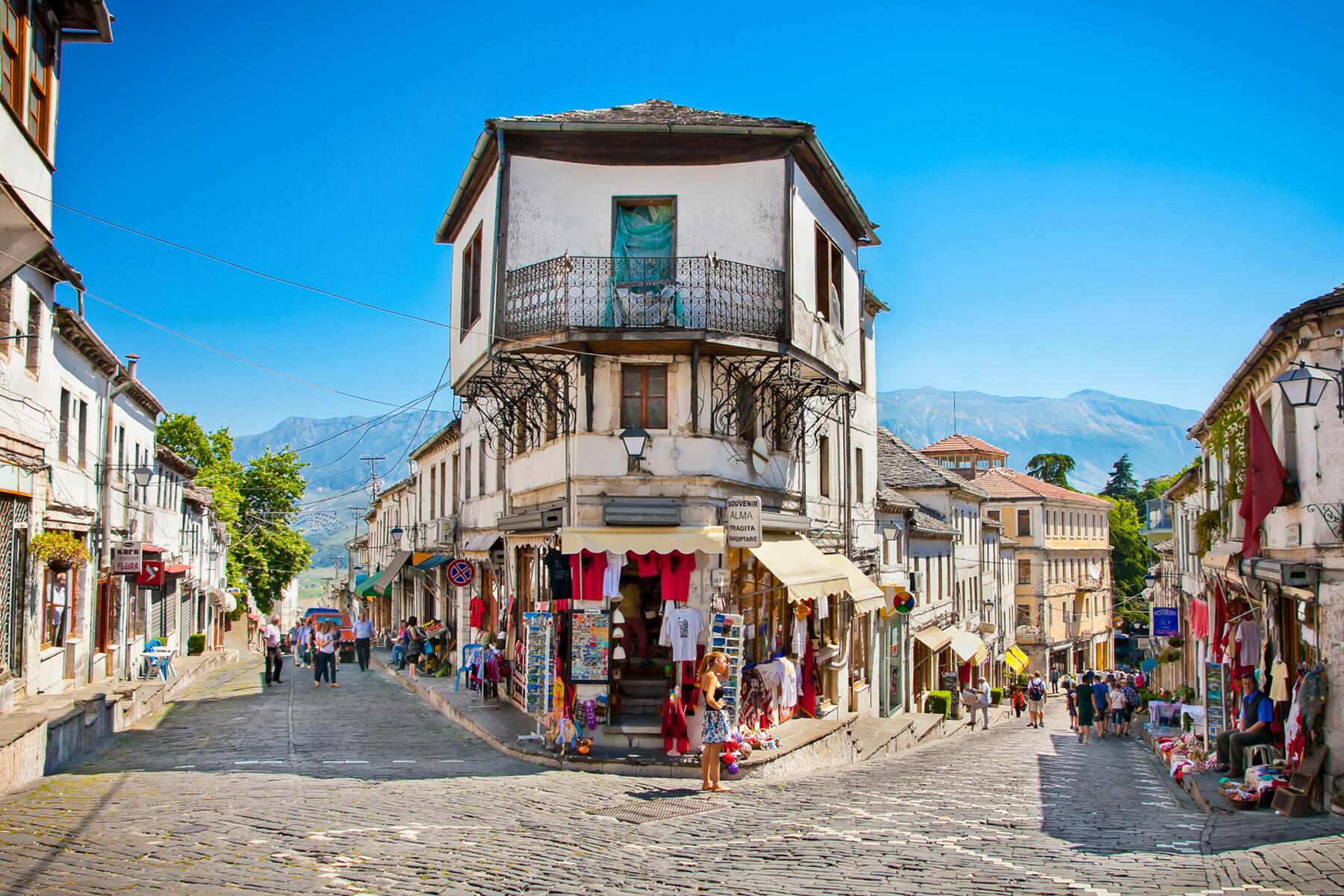
Albania
Located along the Adriatic and Ionian Seas, Albania has somehow managed to remain surprisingly low key despite its stunning Mediterranean positioning. The mountains to the north are home to some of the most beautiful lakes in Europe, including the emerald-green Lake Komani and the crystal clear Ohrid Lake, while the coastline is marked by white-sand beaches that remain refreshingly uncrowded even during peak season, and the inland regions are filled with rustic Mediterranean villages like the World Heritage Site of Gjirokastra. Coffee breaks in Albania last hours and happen at all hours of the day, where cafés are filled with friends and co-workers leisurely sipping strong cups of Turkish-style coffee in true Albanian “avash-avash” (i.e., slowly, slowly) fashion.
The brand new Meliá Durres will set a new standard for luxury when it opens in 2020. The five-star hotel will offer 400 rooms, eight restaurants, and an opulent YHI spa from its beachfront property in Gjiri I Lalzit. Although not located directly on the beach, the sea views are breathtaking from the boutique Hotel Brilant located off what is becoming known as the Albanian Riviera in Saranda.
Albania never really fills with tourists, even during peak season (July-August), and the country really shines from April-June, when temperatures are ideal for either a beach or a mountain getaway.
Insider Tip
Albanian food was heavily influenced by Greek and Turkish cuisines, so you’ll find a delicious mash-up of Mediterranean dishes with an Albanian twist. Try qofte (grilled meatballs) spiced with mint dipped in fresh yogurt or opt for the vegetarian speça me gjize (rice and cheese stuffed peppers) before ending on a sweet note of baklava or trilece (three milk cake).

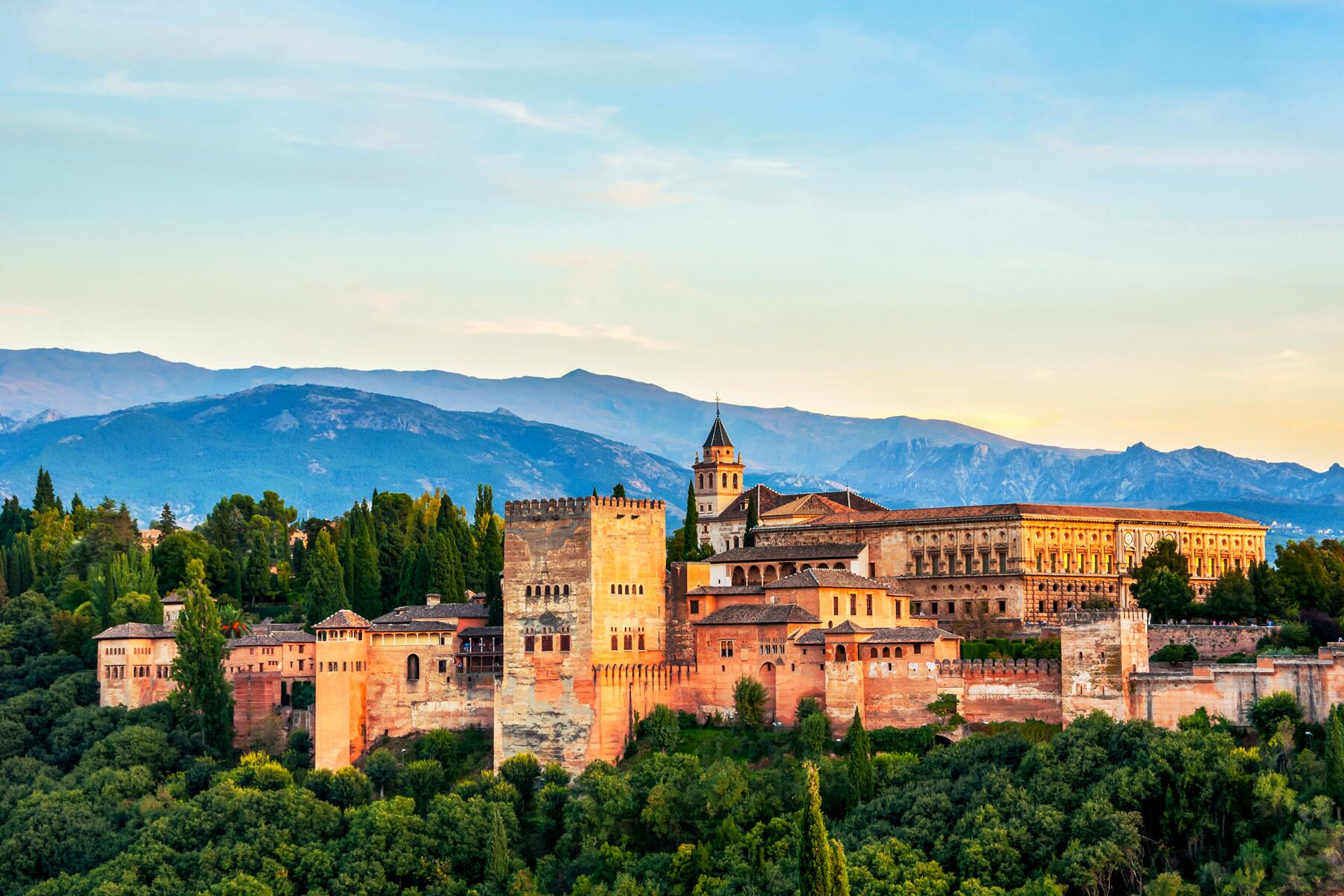

Andalusia
Spain
Madrid’s high-speed train connections mean that within just a few hours, you can fulfill all your romantic Spanish dreams in Andalusia. Think pretty pueblos blancos (white villages); ancient, narrow streets; national parks; elaborate processions during Holy Week; charming fishing villages; flamenco; tapas, tapas, and more tapas; sherry; and an amazing cultural heritage with bucket-list attractions like Córdoba’s Mezquita Mosque-Cathedral and Granada’s Alhambra Palace. It’s all the quintessential Spain buzzwords–the Spain of your imagination.
While you can certainly find your pick of modern hotels in the south of Spain, you really should eat, sleep, and breathe history in this part of the world. You’ll need to book ahead to stay at the Parador de Granada (it’s worth planning your entire vacation around), Spain’s most desirable Parador, set within the World Heritage-listed Alhambra complex–one of Spain’s most-visited attractions. The refurbished 15th-century convent offers elegant and contemporary rooms in the most magical setting. In Seville, stay in the supremely chic, supremely Spanish, converted 18th-century palace, Palacio de Villapanés, which is a little off the beaten path. (The Beckhams stayed here recently–enough said.)
Andalusia is worthy of a visit year-round, but it can get crowded, hot, and expensive in the summer months. Visit in late fall, when there are fewer tourists. You can find steals at magical hotels and enjoy still-beautiful, slightly cooler weather.
Insider Tip
Unless you have unlimited time, you will have to choose between one amazing little town or city after another when planning your Andalusia itinerary. It’s so hard! If visiting for 10 days, limit yourself to three: Córdoba with its majestic Mezquita, lively Seville with its orange trees and Game-of-Thrones-famous Alcázar, and Granada with the incredible Alhambra. Then, get planning your return visit so you can take in Cadiz and Huelva.


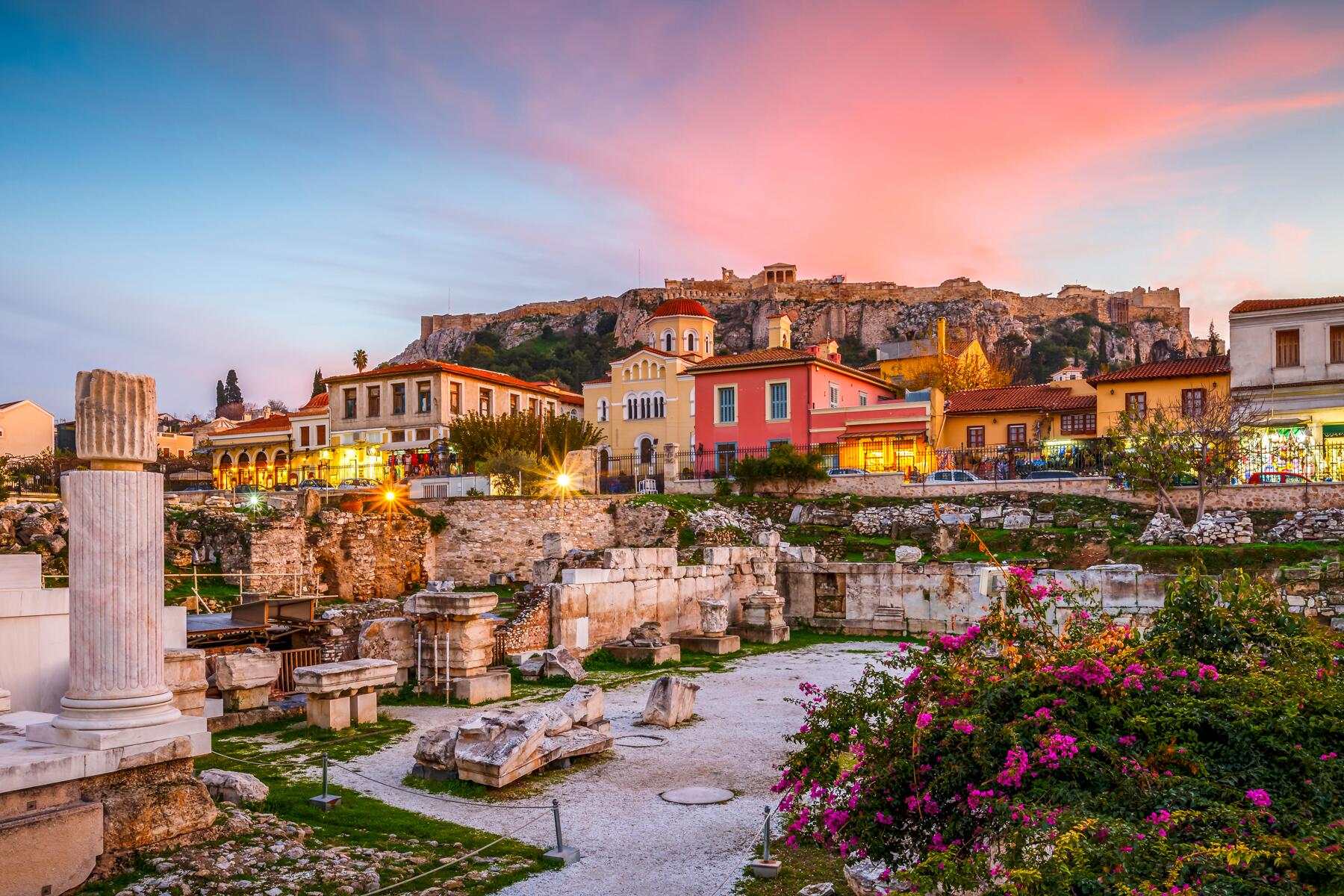
Athens
Greece
For whatever reason, Athens has traditionally had a bad rap. For a long time, it’s been viewed as a lesser European capital, a destination to avoid while en route to one of the numerous paradisiacal islands dotting the Aegean. Then, in the middle of the decade, came a sustained period of turmoil amid austerity measures. But, even in troubled times, and especially now, Athens is—and always has been—a vibrant, artistic, cultural, and gastronomic metropolis. You just have to look for it. It used to be that anyone wandering into Athens spent their time solely in Plaka, the central area of storied old Athens, meandering amid the ruins and along the narrow streets. And, Plaka remains an epicenter of wonders—after all, look up and you’ll see the crown jewel that rests atop the hill it abuts: the Parthenon! But more magic exists outside these well-trodden paths and it’s worth exploring. Head to Pagrati, an adorable residential hive of artists and creatives; or Gazi, an industrial-chic district with enough street art to fill a museum; or Psyri, an old area that has been reborn as drinker’s paradise—in fact, two of the best bars in the world (according to World’s 50 Best), The Clumsies (#6) and Baba Au Rum (#31), both earned their stripes on these streets.
Not only is the New Hotel one of the best in the city, we named it one of the best in the world in our 2019 Fodor’s Finest Hotel Awards.
Local Weather
Shoulder seasons are certainly the most pleasant—the weather is warm and tourists aren’t yet out in droves. The summer months can be unbearably hot, but the winter months are never unbearably cold or wet, just brisk with occasional rain.
Insider Tip
Still yearning for island vibes in Athens? Head to Anafiotika, a hidden village in Plaka that’s nestled into the hillside. It looks like a little slice of Santorini but is right smack dab in the middle of the big city.

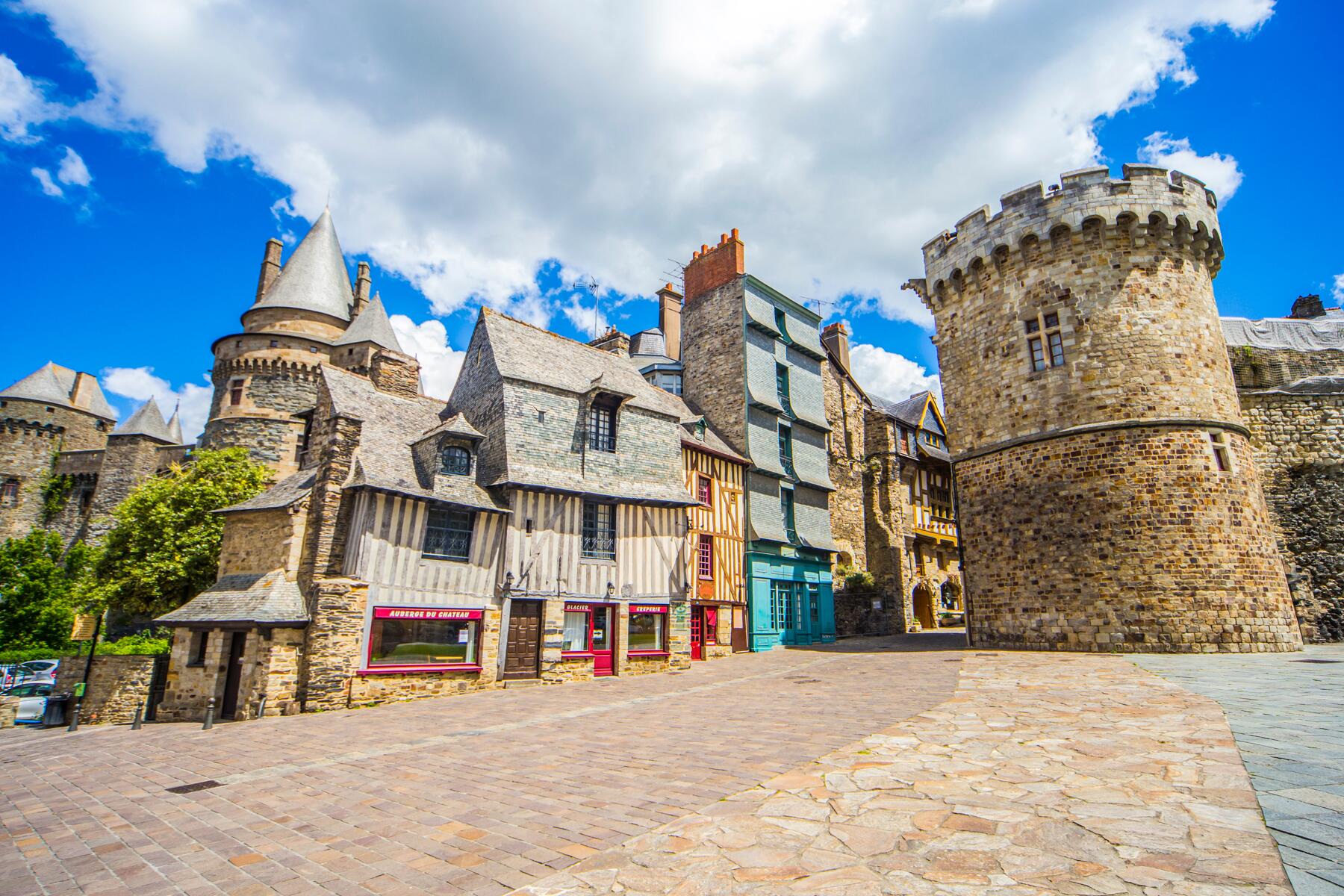

Brittany
France
If geography is destiny, Brittany’s outlier position at the far western edge of France helps explain its uniqueness. Surrounded by sea on three sides, this wild and windswept land harbors a mystery and magic that date back well before Roman times to its Celtic roots. Today, residents jealously guard a culture rich in folk dances, costumes, foods, and festivals, and the ancient dialect is spoken by more than 200,000 Bretons. The romance of Brittany is everywhere. The northern coastline’s jagged cliffs give way to rocky pink granite inlets and hidden beaches. Inland forests shelter medieval villages frozen in time (many with Celtic names). To feel Brittany’s ineffable majesty, walk Saint-Malo‘s ramparts at sunset, wander among Carnac‘s prehistoric megaliths, or scour the long sandy beaches along the southern Quiberon coast. Slurp oysters on the bay of Cancale or tuck unto a savory buckwheat galette (crêpes are the sweet ones) accompanied by a crisp cider and savor the bounty of Brittany’s fertile farmland. Don’t miss the famous pré-salé lamb, “pre-salted” from sea-salt infused meadow grasses, and Brittany’s famously luscious butter—especially beurre Bordier, headquartered in St-Malo’s old town.
There is every kind of hotel in Brittany, but while there you’ll want to benefit from three things: the sea, the countryside, and the great food. At Les Maisons de Bricourt, a gorgeous property bordering the sea, you can choose from a chateau, a charming traditional cottage, two luxurious private villas, or a seaside cottage, all with stunning decor, modern amenities, plenty of privacy, and a gourmet restaurant on the premises. Best of all, it’s on the sea and within walking distance to lovely Cancale. Every one of Auberge des Glaziks‘s eight rooms is different, but what they do have in common is contemporary decor, spacious bathrooms, plenty of light from huge windows overlooking the countryside (and sea not so far away), and the freshest air. Chef Olivier Bellini’s gastronomic restaurant draws foodies from near and far.
Brittany is magical any time of year, and because of its sea breezes, is rarely too hot. While rarely over-touristed, its more charming villages and ancient sites do get crowded in July and August. To really benefit from sea and sun without the tourist hoards, May and June and September and October are the best.
Insider Tip
Exploring Brittany’s islands is a must, especially for cyclists: beautiful Belle Île‘s charming ports and secluded beaches, and windy Ouessant’s towering lighthouses and rocky bays, where you’re likely to find yourself totally, blissfully alone.


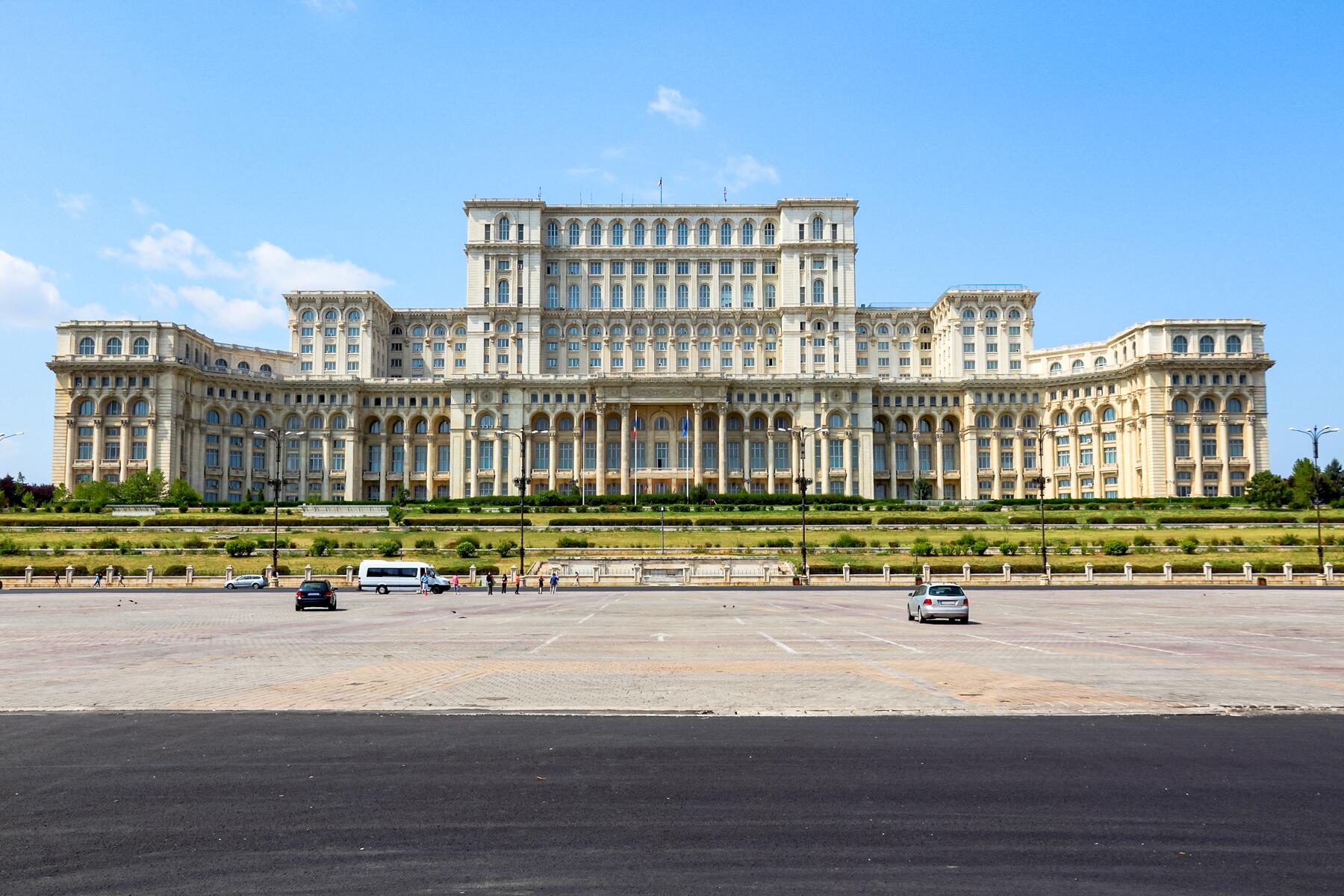
Bucharest
Romania
Bucharest was once the darling of Europe, where fashionable travelers came to admire the city’s many gardens or sip elegant Romanian wines at the chic cafes overlooking the Arcul de Triumf (modeled after the Arc De Triomphe in Paris). Years of communist rule changed the perception and architecture of the country, all but squelching the city’s charisma. Today communism has ceased, the vineyards have been replanted, the historic buildings have been restored, and the once faded luster of the city has again begun to shine. Renovated Belle Époque buildings and converted Soviet-style structures now house fantastic restaurants, clubs, and storefronts, like Old Town’s Caru’ cu Bere restaurant and the jaw-dropping Cărturești Carusel bookstore. Spring and fall showcase the city’s best colors, as the seasonal blooms paint the landscape of the Cişmigiu Garden, where locals rent paddleboats on the pond between May and September or sit at the park’s outdoor cafes sipping glasses of award-winning Fetească Neagra.
The hotels in Bucharest range from historic mansions to brand new luxury hotels. The Athenee Palace Hilton Bucharest Hotel dates back to 1914, where many of the hotel’s 272 rooms overlook Revolution Square and the Romanian Athenaeum.
Summers are hot in the city, but spring and fall are absolutely ideal for exploring Bucharest. Plan your trip April-June or September-October to see the city in its best colors.
Insider Tip
Take an artistic journey through Romania’s visual history inside a former Romanian communist leader’s private villa. The villa was converted into The Museum of Recent Art (MARe), and the collection highlights the limits artists were under during the communist regime and evolves to show the freedom of expression that followed the Revolution of 1989.



Faroe Islands
Before even touching down in the Faroe Islands, you’ll be doing a double-take. A teal fjord and emerald cliffside whir by like dashed paint strokes, eclipsing your view out the window as the plane soars into the small airport on the island of Streymoy. Wedged between Iceland and Norway, the rugged, wind-carved archipelago is comprised of 18 main islands, each one offering a vista more spellbinding than the last. On Vagar, a walk around Lake Sorvagsvatn offers a view of the lake hovering hundreds of feet above the churning Atlantic, as if by some magic trick. Following the old postman’s route on the same island leads hikers to the fairytale village of Gasadalur, punctuated by a cascading waterfall. Foodie outposts like Raest and Michelin-star KOKS, as well as boutiques like Gudrun & Gudrun, have given the islands fashion cred. The true draw of the Faroe Islands, however, lies not in what’s new, but in what hasn’t changed for centuries. Tourism still treads lightly here, sheep outnumber people in the archipelago, and on islands like Mykines, the population count holds at 14 year-round residents—plus an abundant puffin colony. It’s this uncanny solitude that makes the islands’ mythic beauty feel all the more surreal and worth visiting.
The 12-key Hotel Havgrim instills instant serenity with its oceanic color palette, echoed by yawning views of the sea, while iconic Hotel Foroyar gives a nod to minimalist Bauhaus style, perched high above the capital city of Torshavn. Homestays also shouldn’t be overlooked in the Faroes. This historic house is tucked into the idyllic, turf-roofed village of Saksun, where guests can drink in the pastoral view from their private cedar hot tub.
June to September sees the best weather in the Faroes. Even then, you’ll want to pack a wool sweater (or purchase a handmade one there), but any rain or fog you encounter just adds to the islands’ moody romance.
All major tourist sights will be closed from April 16-17 for conservation efforts. If you plan on traveling here during that period, you’re encouraged to sign up and volunteer to help in the effort.
Insider Tip
The music scene is a less-talked-about aspect of the archipelago that can end up being a trip highlight. The Faroes have their own symphony orchestra, and every summer people celebrate contemporary music at popular events like G! Festival and its more intimate offshoot, HOYMAbit.


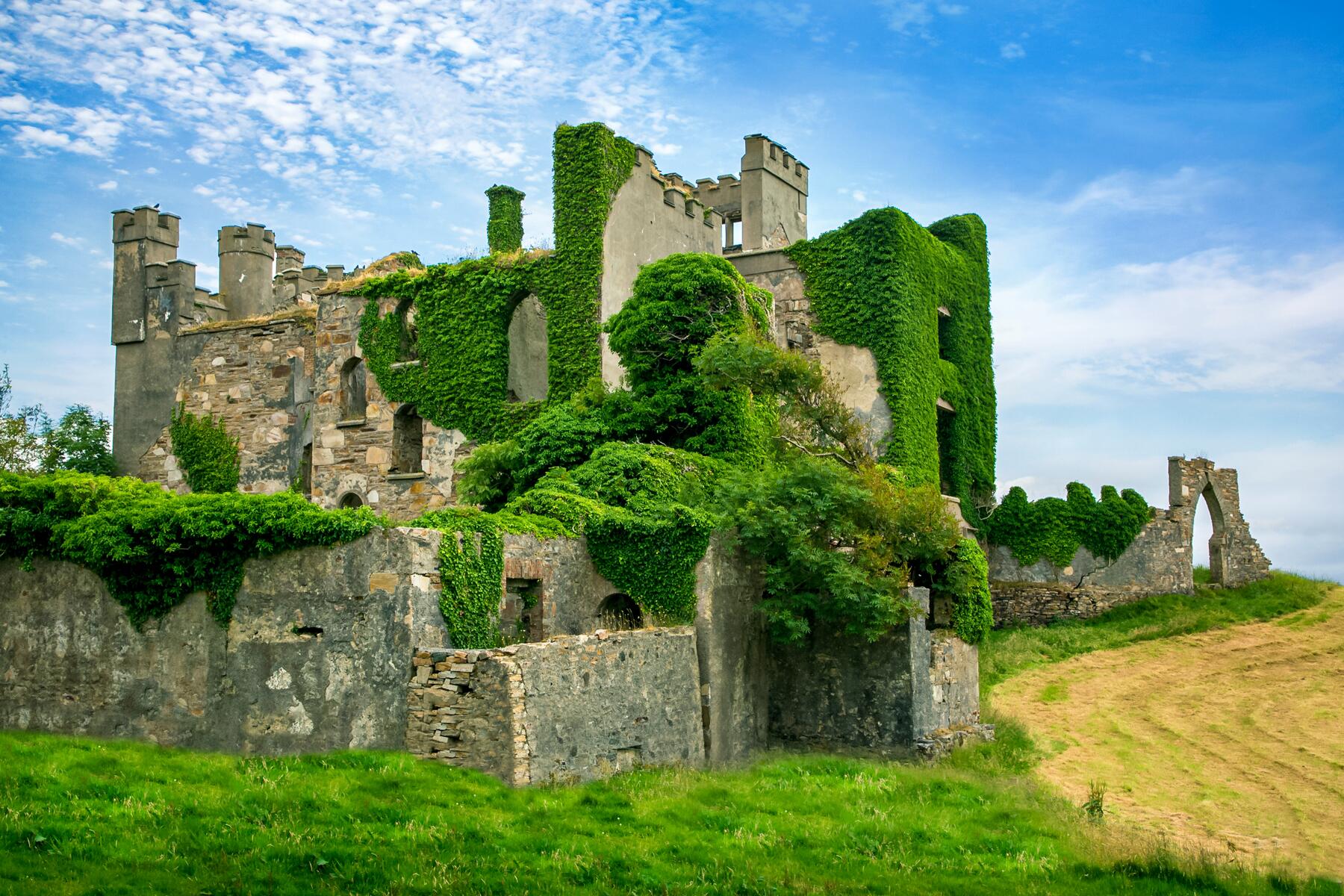
Galway
Ireland
Located on Ireland’s western coast, Galway is an Irish city at its best: quaint, lively, and welcoming, with all the perks of a big city (happening bars, cobblestone streets, delicious restaurants) and none of the pretension. Known as the city of festivals, it can be a challenge to find a pub here that isn’t hosting a live Irish music session on any given day, but as Europe’s 2020 Capital of Culture, Galway has plans to go big this year. Focused on the themes of language, landscape, and migration and structured around the ancient Irish Celtic calendar of Imbolc (spring), Bealtaine (summer), Lughnasa (the harvest), and Samhain (end of harvest), Galway will come alive with events and art projects intent on bridging the gap between past and future traditions. Festivities will start in February 2020 and run until January 2021 with artists from Galway and beyond participating in over 1,900 events spanning visual arts, theater, musical performances, and more. The aforementioned themes will be given special attention, with projects delving into the importance of the Gaelic language in modern Irish culture, Galway’s immigrant population (24% of the city comes from outside Ireland), and the breathtaking nearby Connemara mountain range (which will be the scene of an illuminated art installation).
If you want to be close to the action, the House Hotel is an intimate boutique hotel near the quays. But to experience Irish hospitality at its finest, a classic bed & breakfast is a must; Sea Breeze Lodge offers the charm of a B&B with the chic luxury of a boutique hotel.
The weather in the west of Ireland tends to be temperate and cloudy all year round, so visit according to which events interest you most. Highlights include early February’s Opening Event, a March International Women’s Day conversation with Margaret Atwood, the Connemara light installation just in time for St. Patrick’s Day, August’s Fire Garden, and an Otherworld Halloween celebration to usher in Samhain.
Insider Tip
Capital of Culture events won’t be limited to just Galway City. There will be performances and art installations all throughout larger Galway County too, so be sure to venture into the countryside to explore the region’s rural beauty. Options range from performances of The Odyssey on nearby beaches (some say part of Homer’s tale took place off the Irish coast) to a traveling theater troupe presenting the greatest one-act Irish plays of the 20th century.



Struve Geodetic Arc
Many of the markers that make up the Struve Geodetic Arc are, shall we say, humble. A stone surface with a hole drilled into it, a stacked rock cairn, a brick. But these markers are part of bigger a story, one that comes into focus when you consider the complicated undertaking and massive scientific accomplishment they represent. The findings that came as a result of the Struve Geodetic Arc’s completion quite literally helped shape the world. Between 1816 and 1855, scientist Friedrich George Wilhelm von Struve led a team of surveyors and scientists in establishing a chain of survey triangulations in order to find the first accurate measurement of a section of a meridian (line of longitude). The triangulations stretch for 1,752 miles through ten different countries, from Hammerfest, Norway to Ismail, Ukraine. Though mapmaking and knowledge of spherical earth stretch back into antiquity, the Struve Geodetic Arc made it possible to have a more precise understanding of Earth’s size and shape. One of the major byproducts was that the scale of maps became more accurate than they’d ever been—or possibly ever will be. Struve’s conclusions weren’t far off from the measurements that were determined via a 2005 satellite survey of the Arc.
What makes a pilgrimage along the 34 station points an enriching experience is that they represent an unimpeachable truth about our world that bears no allegiance to countries or borders: This is the shape of home. The efforts made by Struve and his team—whether they’re marked by a stately monument or a simple brick—articulate our universal connection as residents of this pale blue dot via the secular language of scientific discovery.
Kick off your geodetic journey at the site of the northernmost point in the Norwegian municipality of Hammerfest. There you’ll find accommodations, like Scandic Hammerfest, that offer a comfortable place to rest along with views of the nearby harbor. As you make your way into the Lithuanian stretch of your trip, you’ll find yourself visiting points that are a short drive to Vilnius. There you’ll have the opportunity to treat yourself to a stay at Hotel Pacai, a gorgeous 5-star property located in the city’s Old Town.
With many of the points being located in rural places (some of which are in or near the Arctic Circle), it’s probably best to arrange your trip for the summertime to avoid the difficulties that can arise during brutal winter months.
Insider Tip
You can visit the Tartu Old Observatory in Tartu, Estonia, where Struve was as a professor and studied double stars. The building now houses University of Tartu Museum.

